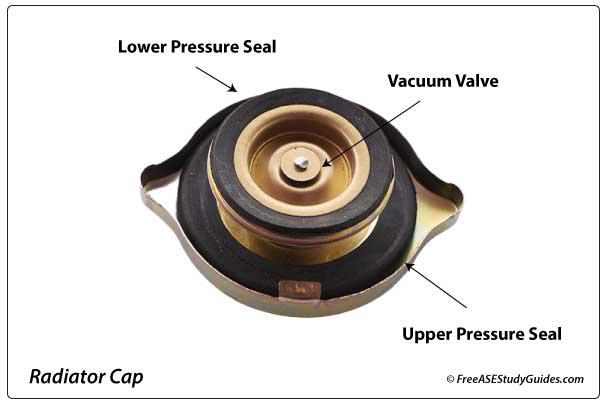I have just got my Stagweber header tank and thought the instructions that come with it would be better than they are.
It starts by stating its based on a Mk2 but also throws the odd remark about the Mk1... but thats about it. It does not say where in length to cut pipes, the best way to layout things, no plumbing diagram or photos or well anything. Still I am sure once I know what its meant to be it will be easy.
So has anybody got either or both a plumbing diagram or photographs of how it should look on a Mk1. Their youtube video only shows a mk2.
Any help, tips, advice etc would be most welcome. Maybe I am ovethinking it and its just the same, but I am left with many questions at the moment.
Dave
It starts by stating its based on a Mk2 but also throws the odd remark about the Mk1... but thats about it. It does not say where in length to cut pipes, the best way to layout things, no plumbing diagram or photos or well anything. Still I am sure once I know what its meant to be it will be easy.
So has anybody got either or both a plumbing diagram or photographs of how it should look on a Mk1. Their youtube video only shows a mk2.
Any help, tips, advice etc would be most welcome. Maybe I am ovethinking it and its just the same, but I am left with many questions at the moment.
Dave



Comment